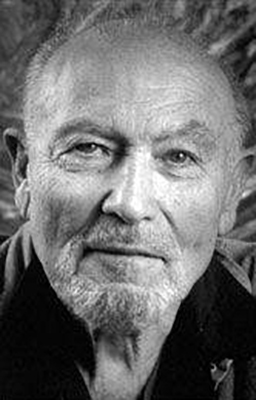JULES OLITSKI (1922-2007)
 Jules Olitski (1922–2007) was a Russian-born American painter and printmaker closely linked to the Color Field movement and the Washington Color School. After emigrating to the United States as a child, he studied in New York and later in Paris, where he was influenced by modernist traditions before developing his own approach to abstraction.
Jules Olitski (1922–2007) was a Russian-born American painter and printmaker closely linked to the Color Field movement and the Washington Color School. After emigrating to the United States as a child, he studied in New York and later in Paris, where he was influenced by modernist traditions before developing his own approach to abstraction.
By the early 1960s, Olitski had shifted from thickly worked surfaces to wide expanses of color applied with rollers and eventually with industrial spray guns, producing luminous fields that emphasized the material and optical properties of paint. His work was included in major exhibitions organized by critic Clement Greenberg that helped define postwar abstraction in the United States.
In the later decades of his career, Olitski experimented with textured supports and bold chromatic contrasts, maintaining a focus on color as a central subject. His paintings and prints are held in the collections of major American museums, and his role within the development of Color Field painting situates him among the artists who extended the possibilities of abstract art in the postwar period.
